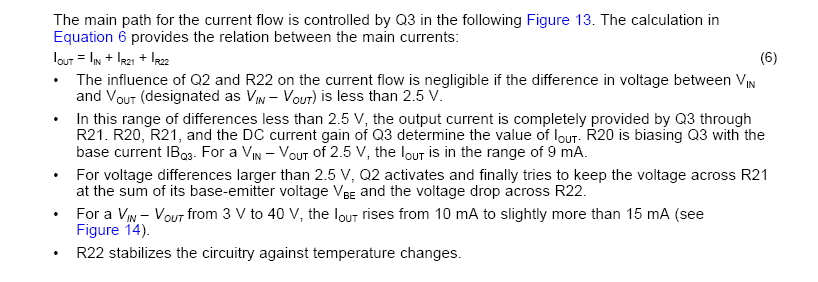Hi Team.
Please address the following questions:-
1. I referred "4-20 mA current loop transmitter reference design - TIDUAM6". Refer page 16,17/27 of the document. Equation 6 in the description below says Iout = Iin + Ir21 + Ir22 whereas I believe it has to be Iout = Iin = Ir21 + Ir22. Please do explain if something is wrong at my end.
2. Can you please elaborate me the description below figure 12 of the document. How 2.5 V came out as a reference value and why not some other value ?
Regards.




